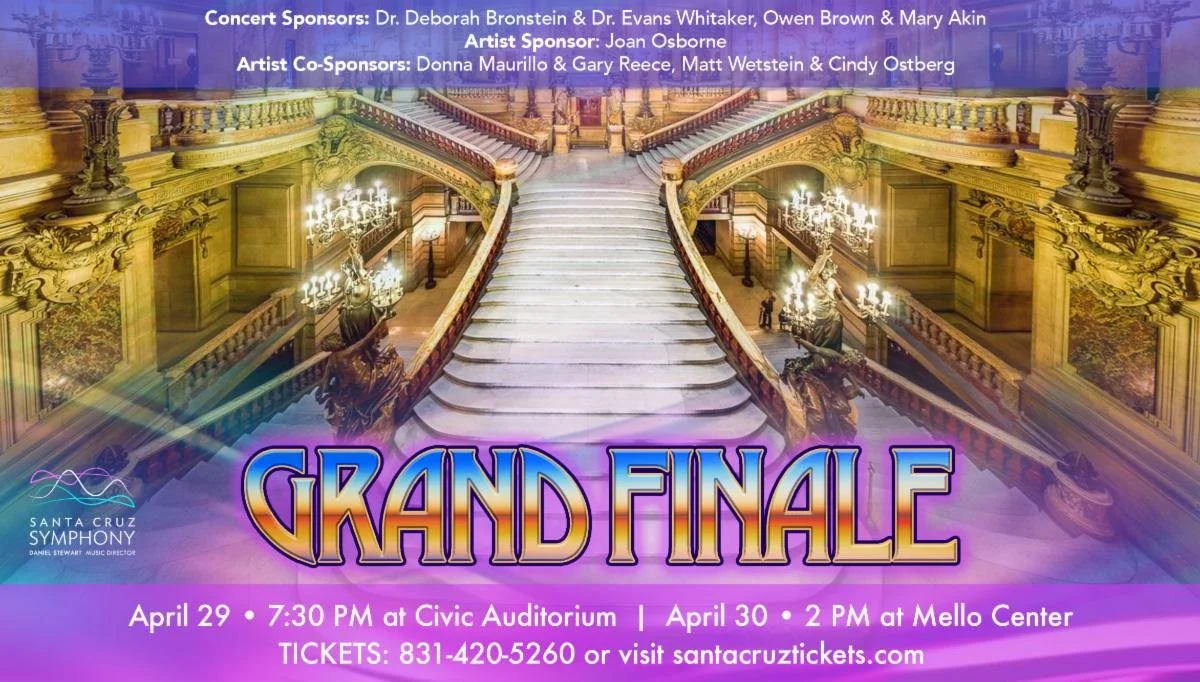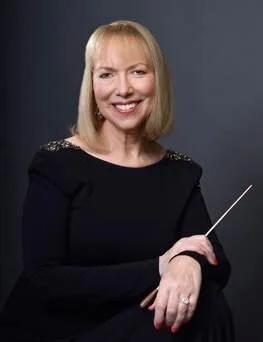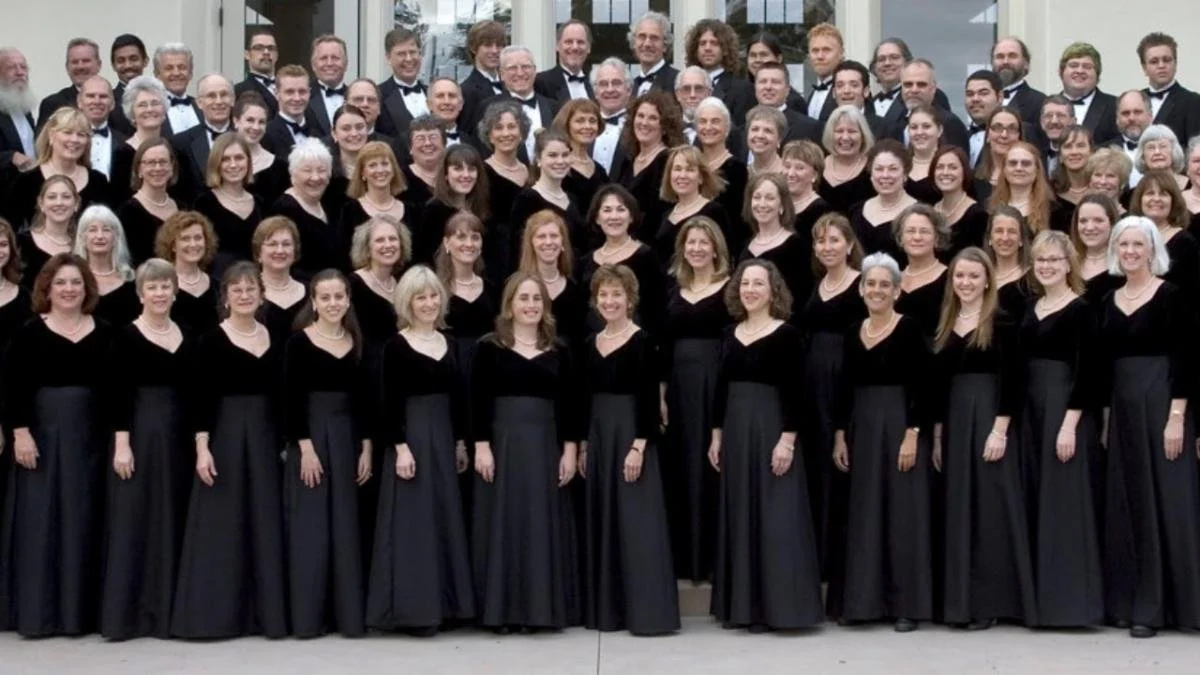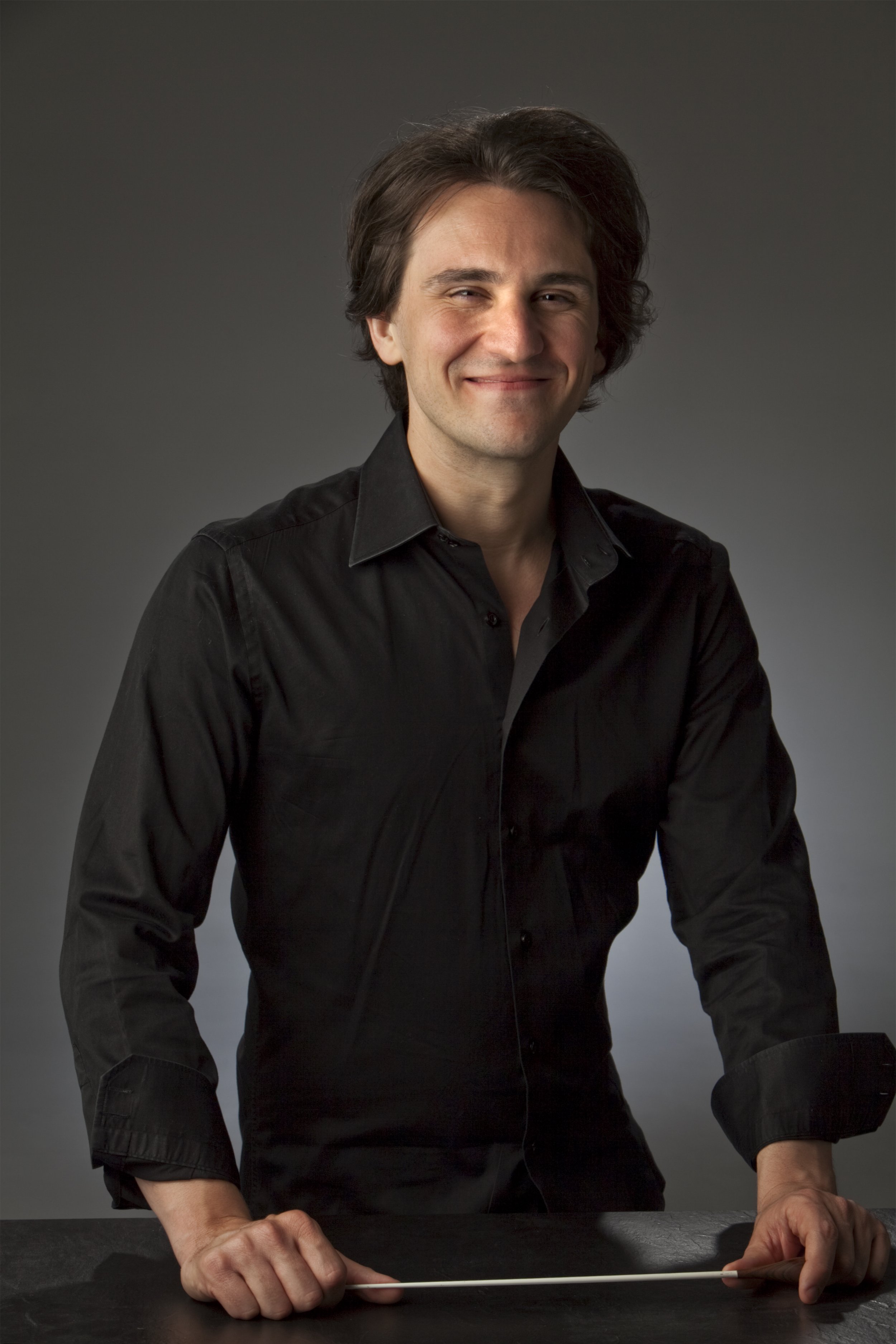SUBLIME, EMOTIONALLY MOVING WORKS
We'll be ending our season on a high note with Grand Finale on April 29 and 30! This program will highlight ecstasies and explorations of the human psyche, featuring dazzling contemporary textures by Caroline Shaw, the posthumous world premiere of The Elemental Prayer Suite by Carl St. Jacques, and the radiant grandeur of choral highlights from the operas of Richard Wagner, all in collaboration with the Cabrillo Symphonic Chorus.
If you haven’t yet had the pleasure of hearing the Cabrillo Symphonic Chorus perform, you’ll definitely want to attend this concert! Under the direction of Cheryl Anderson, this group has achieved a stellar reputation at home in the Monterey Bay as well as internationally by performing in the finest concert halls in the USA and Europe. The Cabrillo Symphonic Chorus consistently evokes a sense of beauty and wonder with the lushness and fluidity of their technique.
Director Cheryl Anderson has spent her musical career conducting choirs and orchestras around the world, in addition to performing as a professional soloist and chorister. She sang for years with Robert Shaw and was a Conducting Fellow and singer with Helmuth Rilling and the Oregon Bach Festival. The various choirs under Cheryl's direction have sung concert tours all over the world, including at the Vatican and Carnegie Hall, and tours through California performing with Lou Harrison and his masterwork La Koro Sutro and the internationally famous Incheon City Chorale from South Korea at Davies Symphony Hall.
Cheryl’s leadership of the chorus and collaboration with Maestro Daniel Stewart will seamlessly unite the singers, the orchestra, and the music itself. Expect an exhilarating experience with these sublime and emotionally moving works! Tickets are on sale now.
WHEN AND WHERE:
April 29 at 7:30 PM, Civic Auditorium
April 30 at 2 PM, Mello Center
A NOTE ABOUT PERFORMING WAGNER:
As we present these selections from Lohengrin, Tannhäuser and Die Meistersinger, we can’t ignore the history and truth surrounding one of the most prominent (and controversial) composers in opera, and the implications that follow in performing his work. Below is a statement from the LA Opera that we feel expresses our own position as we bring the music of Richard Wagner to our audience:
While Wagner is considered one of the most important and influential of all composers, he is also rightly reviled as having been an overt anti-Semite. Wagner’s writings on the subject percolated into German politics and popular culture and, decades after the composer’s death, were thought by many to inspire Adolph Hitler and the Third Reich. It is not our intention to block out this abhorrent truth about the composer during this production, pretending that separating the man from the art is enough.
We perform his work observing its aesthetic influence and its centrality to the operatic repertoire, while fully acknowledging the moral issues that implicitly come with it. We continue to commit to exploring, discussing and bringing to light these issues. In fact, now is an even more important time than ever to confront truths about our history and our past.
We've also shared a message from members of the Cabrillo Symphonic Chorus about performing Wagner: click here to read it on our website.









